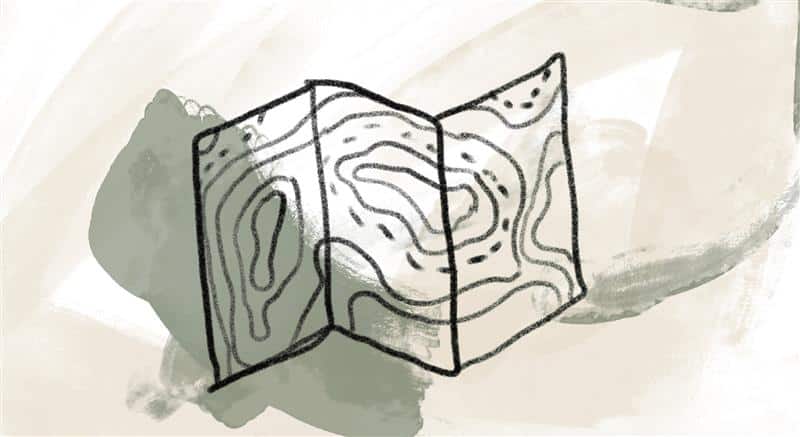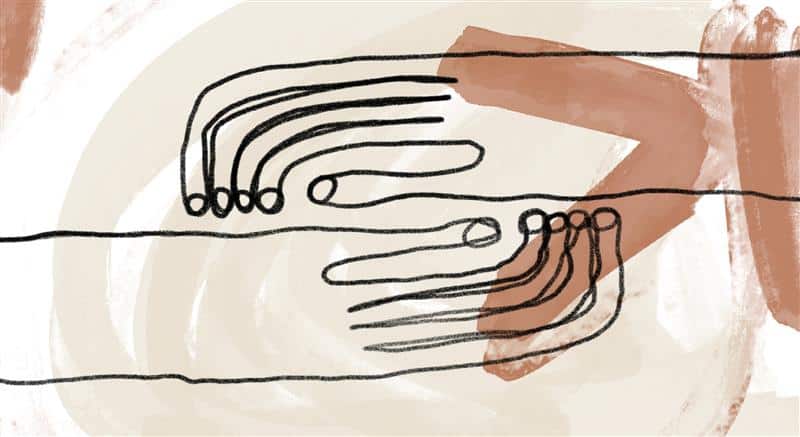
Father Richard explains how religious orders, positioned on the edge of the inside of the Catholic Church, have helped the church to survive:
While the mainline Catholic Church organized itself around structural charity and almsgiving, it lost a deeper sense of solidarity, justice, simplicity, and basic understanding of the poor. Christians were no longer called to become poor like Christ but simply to help poor people through charity. It became acceptable to get rich personally, even for the clergy, with the idea of passing on that wealth to the poor. But as good as charity is, it largely became an avoidance of a basic concern for justice.
This is certainly a step or two removed from what Jesus lived and invited us into. We are no longer the poor ones whom Jesus called blessed; from our position of comfort, we take care of poor “others.” This is good and necessary, but not exactly what he taught.
Even though the Catholic Church didn’t remain a church of the poor, it sometimes became a church for the poor, usually through specialized groups called religious orders. About two-thirds of Catholic religious orders were founded by wonderful women and men who saw poor boys who were not being taught, poor girls who were not being protected, poor orphans who were not being taken care of. Then one heroic Irish woman would go off and take care of them, and soon we had the Sisters of Mercy, thousands of them.
I’m convinced that one of the only reasons Roman Catholicism has lasted is because we have these satellites of freedom on the edge of the inside—religious communities of Benedictines, Jesuits, Dominicans, Franciscans, Sisters of Charity, Sisters of Mercy, and many more. Bishops have their questions of concern, and we have different questions, as do most of the laity. Structurally, the church survived because the religious orders and most of the laity just got on with trying to live the gospel.
Father Richard reminds us that a practice of contemplation allows us to remain on the edge of the inside with love:
The fruit of meditation is that we ask new questions, not in reaction, rebellion, or opposition to religion or the church. We don’t have time for that. It’s a waste of our life to bother with any oppositional or negative energy, because soon it becomes another form of righteousness, and that would be the death of our contemplative life.
So now we hope to keep one foot in our historic denomination and tradition, grateful for all it gave us, and we put the other foot in prayer groups, service groups, support groups, and meditation groups. That is a rather creative, positive, and hopeful way of renewing the church: no longer seeking to be right, but getting down to the practical work of our own transformation and the transformation of our suffering world.
Reference:
Adapted from Richard Rohr, Dancing Standing Still: Healing the World from a Place of Prayer (Mahwah, NJ: Paulist Press, 2014), 63–64, 65.
Image credit: A path from one week to the next—Izzy Spitz, momentary peace (detail), digital oil pastels. Taylor Wilson, Transfiguration (detail), cyanotype. Taylor Wilson, Madonna and Messiah, ink. Used with permission. Click here to enlarge image.
Transformation happens on the margins (the edge of the inside), and so, like this bird, we are freed.
Story from Our Community:
I have found huge comfort in the notion of “living on the edge of the inside” while still considering myself to be Catholic. With the help of the Daily Meditations, I have found a new psychology to bolster my faith. I feel that I have expanded into a universal inclusivity. The walls of my safe, tidy, social and religious space have become dismantled little by little. It’s a process that is painful at times but full of bliss and joy. Thank you for your relentless giving. —Pauline M.




